












The magazine of the art-form of the photo-essay
“A free, really high quality photo-essay magazine. Fabulous!”
Stephen Fry. British actor, writer and film & documentary maker

June 2015 back issue



by Q Sakamaki
This is a story of the gangs and the lifestyle in the ‘favelas’ or slums, of Rio De Janeiro. In the metropolitan area of Rio,
there are nearly 700 hundred favelas that contain 20 percent of its population or more, and whose communities are
controlled by the Law of Violence. Gangsters are, in many ways, respected by the residents. Many children dream of
becoming a King of a Favela (gangster leader) since these are the people who are regarded as being the most powerful
and wealthy.
Gang leaders become role models to children wanting to escape from poverty. Yet, at the same time, favela children,
especially gang or quasi-gang members, feel they have nearly no hope, as violence, poverty and discrimination are
extremely rampant. Most teen gangsters do not believe they can survive beyond their early twenties.
These images were shot in the mid to late 2000s. Some favelas became safer, at least superficially, as the Brazilian
government tried to eliminate gang members before the World Cup. But the situation in many favelas is basically still
the same. Rio’s enormous gap between the rich and the poor keeps widening; to the detriment of the favelas’ children.
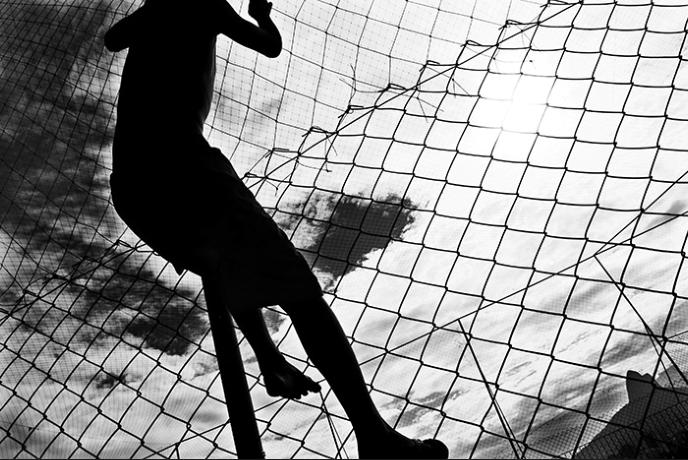
A boy in Cantagalo favela, or slum, is on a fence through which one can see the rich Ipanema community. Cantagalo
is just adjacent to Ipanema, but almost cut off from the rich community due the mountains and just few limited access
streets. Rio, Brazil, Jan 18 2008.
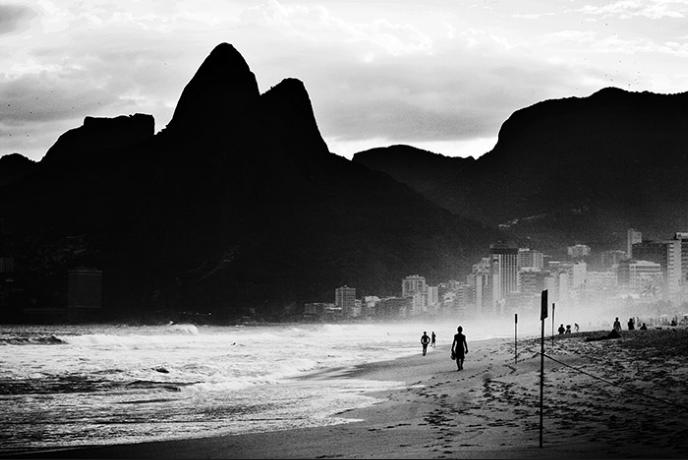
The mountain of Dois Irmaos (Two Brothers in English) is seen from the beaches of Ipanema and Lebron where the
wealthy live and holiday. Rocinha, the biggest favela in South America, is located just beyond Dois Irmaos. It is cut
off by the mountains making it hard for the favela residents to commute. Rio, Brazil May 14 2007.
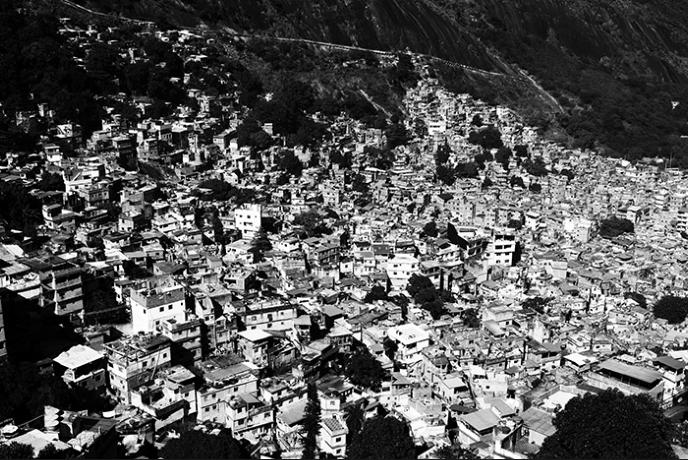
An overview of Rocinha, the biggest favela in South America, where drugs, mafia, gangs, poverty and huge
unemployment are rife. The government seems to ignore those problems. Rio, Brazil, May 17 2007.
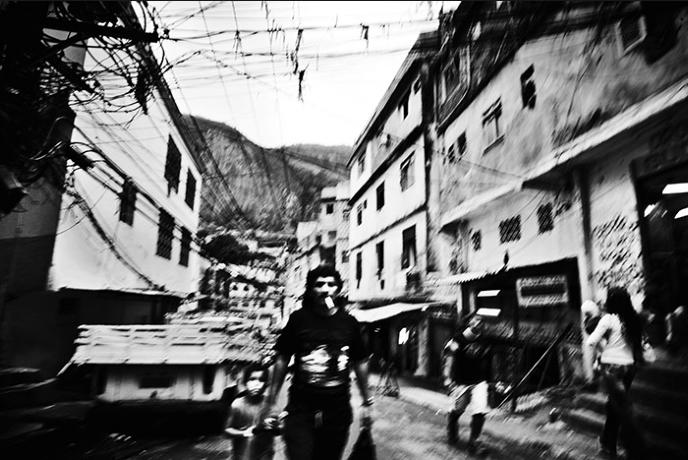
Rocinha residents pass under dangerous, illegally connected electricity wires.
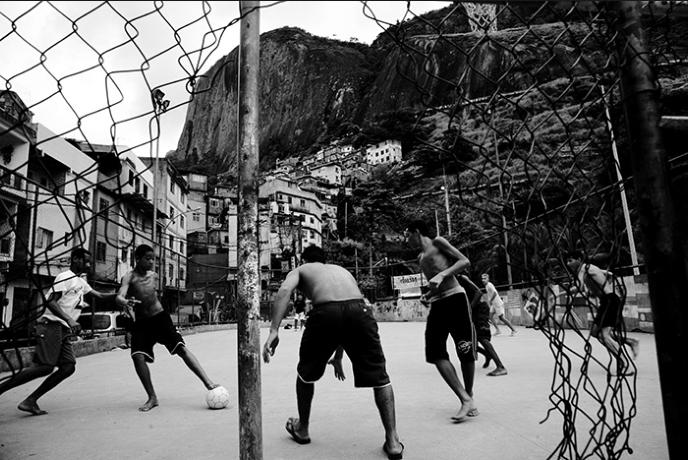
Teens play soccer in favela Rocinha. Rio, Brazil, Jan 27 2008.
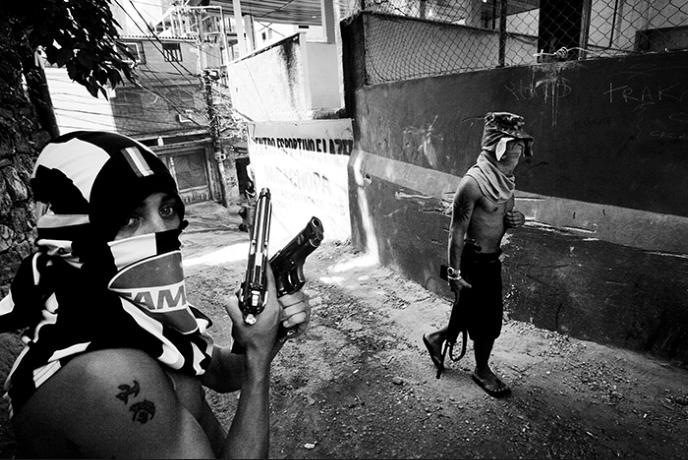
In Rocinha, members of ADA, ‘Amigos Dos Amigos’ (meaning Friends of Friends in English) patrol the alley in order to
prevent rival gangs and the police from entering the community.
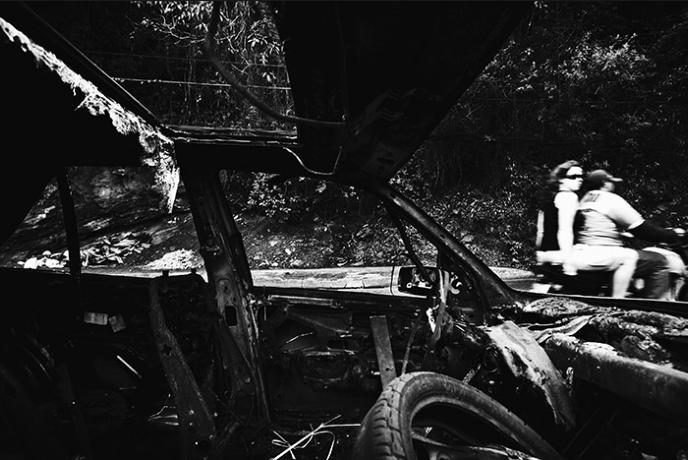
A motorbike taxi with a young female customer passes a burnt out, abandoned car in Rocinha, the biggest favela in
South America.
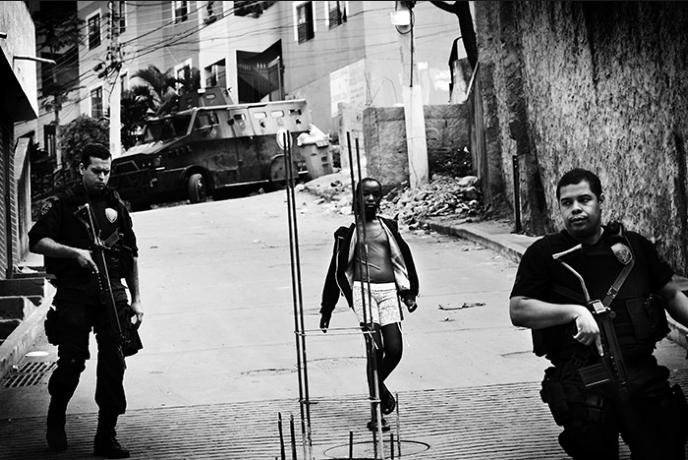
A young female resident in favela Mangueira walks through police officers during an operation to capture the mafia-like
gang members of Comando Vermelho. Rio, Brazil, May 28 2007.
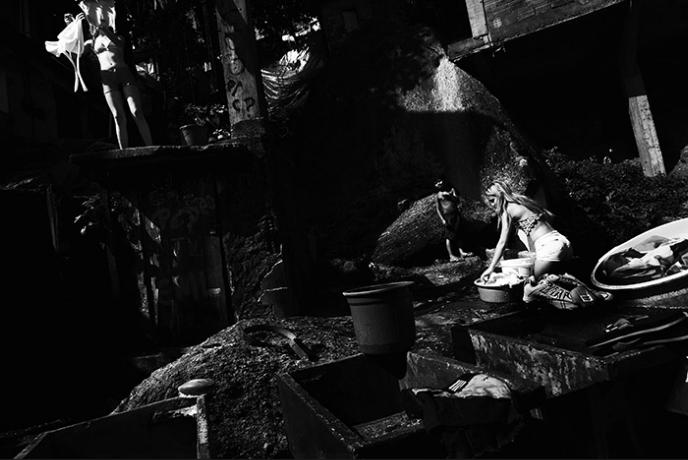
In favela Rocinha, residents wash clothes at a public laundry, as most of the community does not have running water.
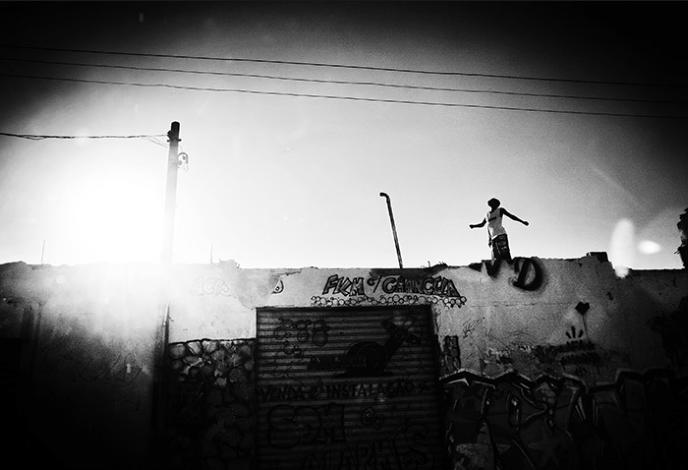
A boy stands on the rooftop of a broken building in favela Complexo Do Aleman, where poverty and unemployment
are rampant, and the law of violence by mafia-like gang members of Comando Vermelho is predominant.
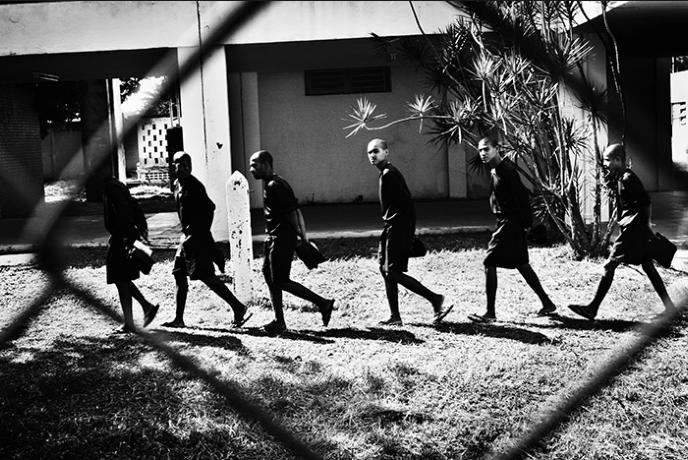
A prison for minors in Rio. In Brazil, prison inmates often live in inhuman conditions, but at the same time the
punishment to minors is also often criticized, since the maximum sentence is just three years, even for murder. And
after their release, many minors are likely to return to gang activities.
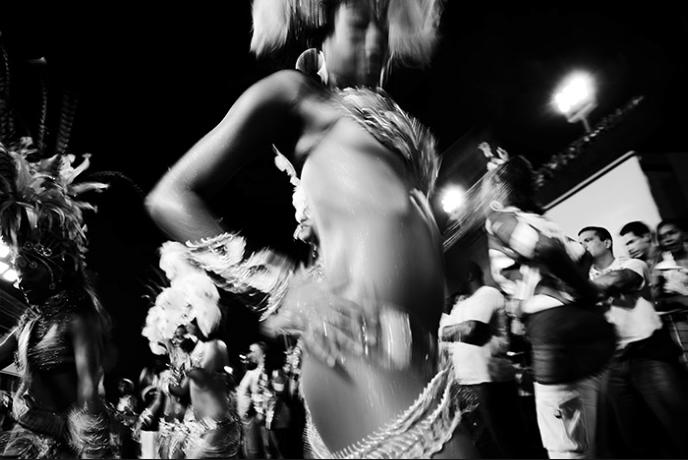
At Sambodromo, Samba Passistas (literally steppers in English or dancers), dance for the rehearsal during the
carnival season. Rio, Brazil, Jan 25 2008.
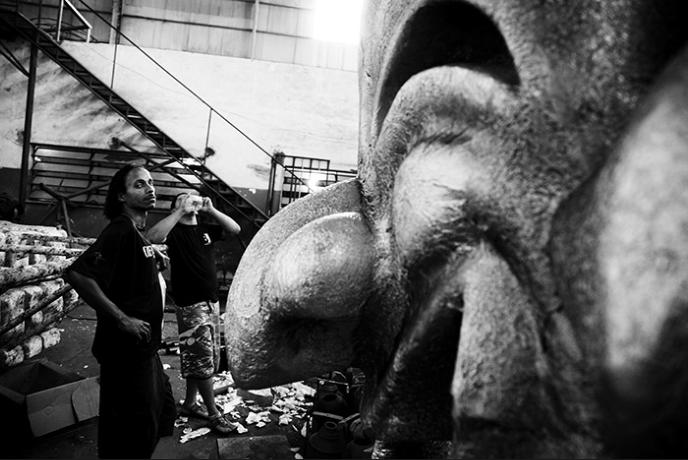
A scene from the carnival factory of Renascer samba school. Most workers in such factories come from favelas. Jobs
usually last for two month-period. The days are usually long, sometimes 20 hours and there are no days off. Rio.
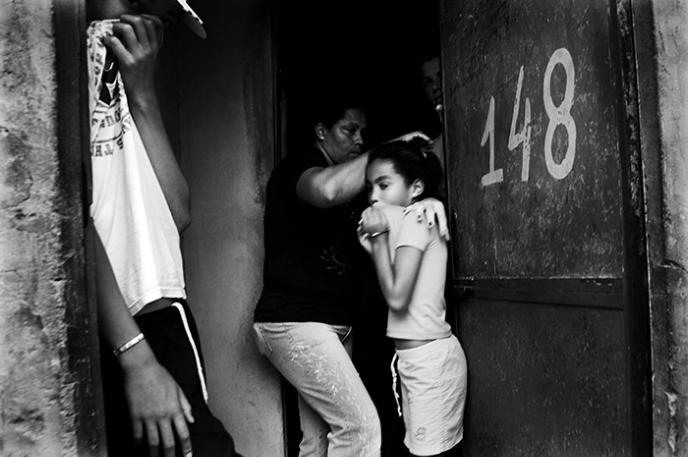
Residents react to the homicide scene of 18 year-old student Marcelo Rocha Marques in favela Palmeirinha who was
killed, whilst on a date with his girlfriend, by gang members of Comando Vermelho. The favela used to be a stronghold
of the gang group. Now illegally armed militias have controlled the community. The murder was thought to be a
revenge attack. Rio, Brazil, Jan 28 2008.
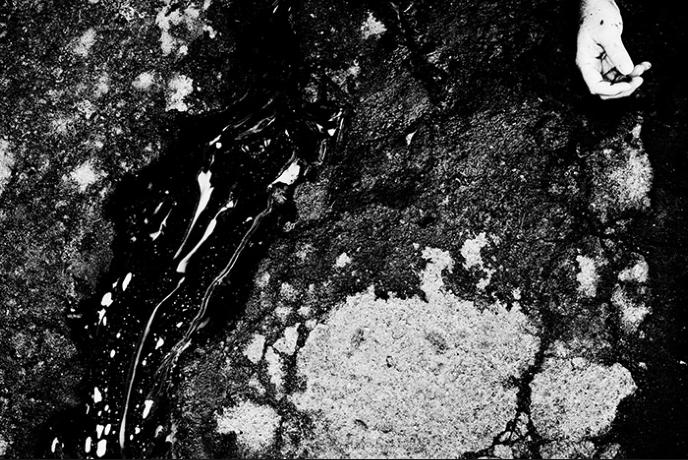

A homicide scene. Renato Dos Santos Oliveira, 34, was killed in Rosha Miranda. Rio, Brazil, Jan 29 2008.
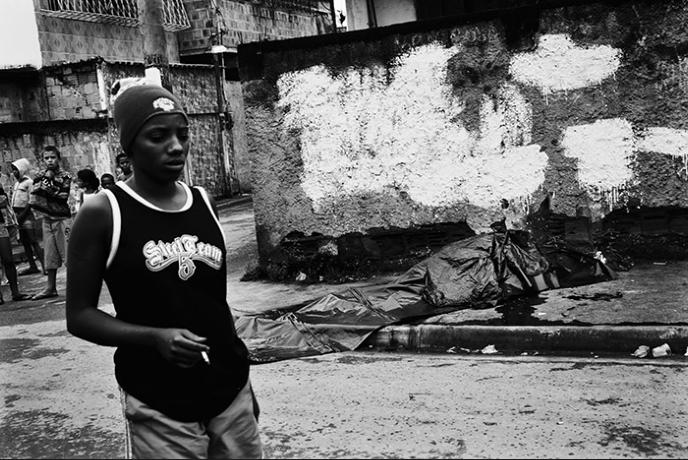
A woman walks near the scene of 18 year-old student Marcelo Rocha Marques’s murder in favela Palmeirinha.
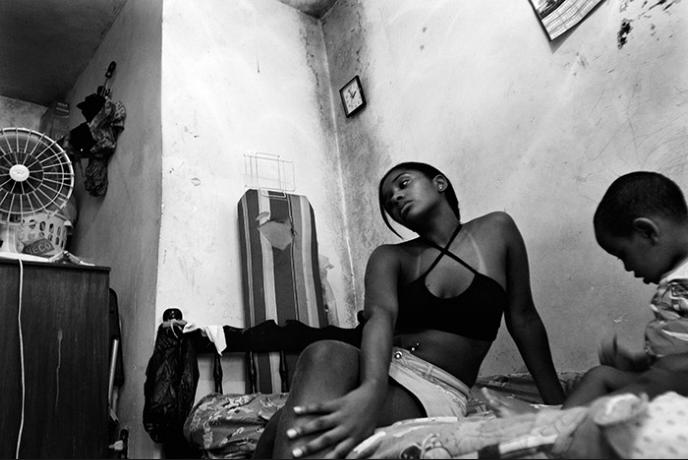
In favela Rocinha, Single mother Ligia Pessanha, 16, stays with her two-year old boy Derycky in her bedroom which
she also shares her mother. Ligia’s sister is also a single mother with two babies.
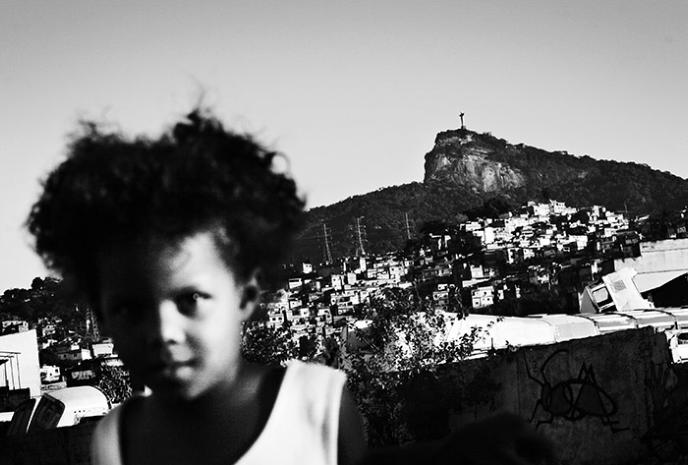
A girl at favela Cidade Nova where poverty, unemployment and violence are rampant. On the hill behind, the statue
of Jesus Christ of Corcovad is seen.










